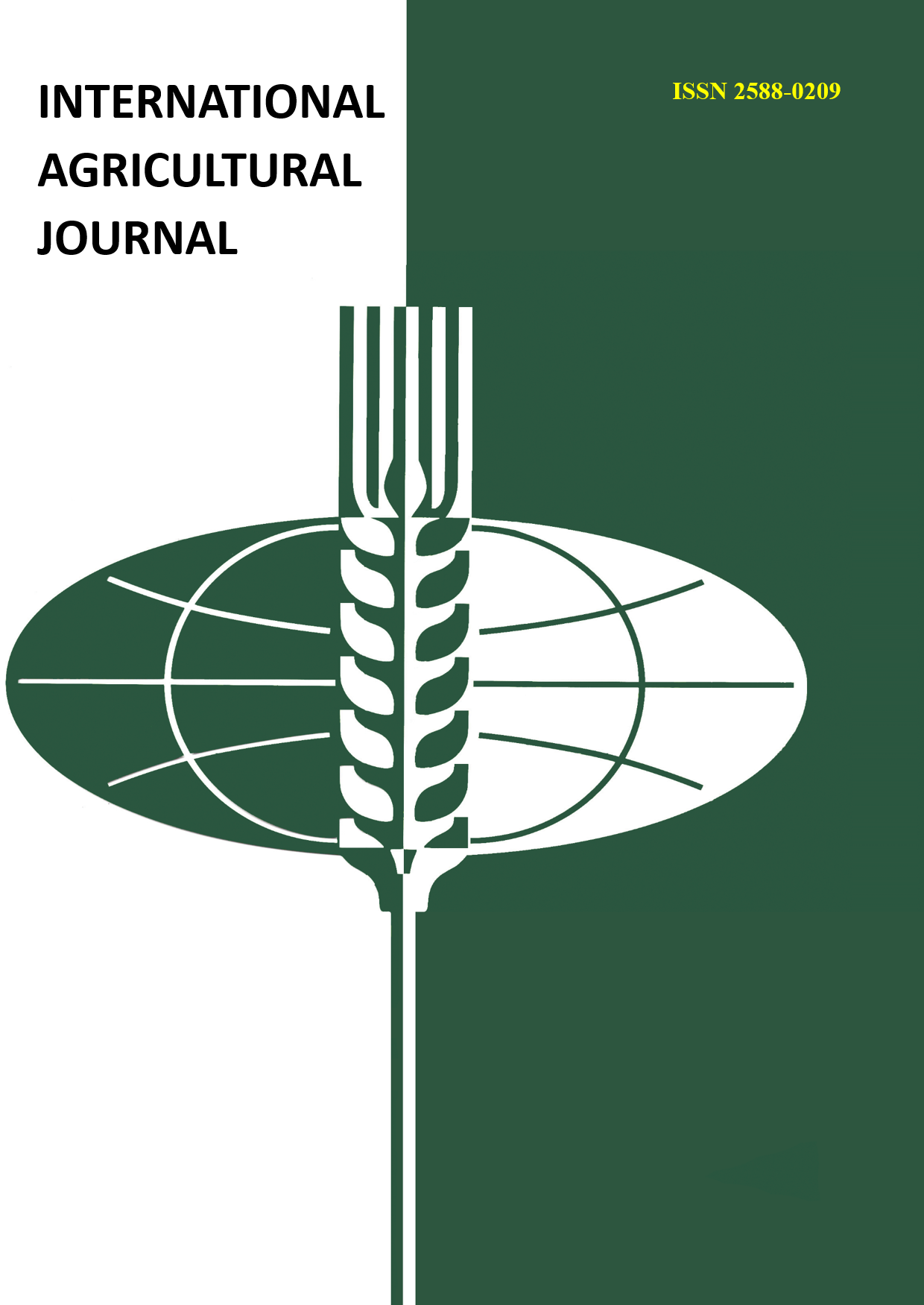The article analyzes climate development trends from 1972 to 2023 based on data from 16 meteorological stations in four soil-climatic zones of the Central Ciscaucasia. The average long-term precipitation in the first zone was 34.7 mm, the second - 38.0 mm, the third - 49.9 mm, the fourth - 47.3 mm. The precipitation growth rate is noticeable only in the third zone - 1.1 mm. The average long-term surface air temperature is, respectively, 0.9 °C; 10.57 °C; 10.5 °C; 9.6 °C. It was revealed that in the first zone the temperature increases at a rate of 0.37 °C/10 years, in the second and third - 0.43 °C/10 years, in the fourth - 0.62 °C/10 years. Over the period under review, in the first zone, starting in 1993, the trends of the indicators diverge significantly: air temperature increases against the background of decreasing precipitation. In the second zone, since 2000, temperature begins to increase and precipitation decreases. In the third zone, the trends of the indicators change in an interconnected manner and intersect in 1973, 1982 and 1997. In the fourth, the trends intersect in 1977 and 1996. Since 2010, the relationship between the indicators has weakened, air temperature has increased and precipitation has decreased. The yield is growing at a rate of 4.7 c/ha/10 years; 3.2 c/ha/10 years; 6.9 c/ha/10 years; 4.9 c/ha/10 years, respectively. Although, based on the polynomial trend, it is likely that in the near future the negative dynamics of winter wheat productivity will be in the first, second, fourth zones, with the exception of the third. Consequently, monitoring of climatic conditions in general showed a tendency for the aridity of the territory to increase, which may lead to an increase in the vulnerability of agricultural crop cultivation (by area, varieties, agricultural technologies). Therefore, it is necessary to optimize zonal agro-technological measures, which will reduce the climatic dependence of the grain agrocenosis.
klimat, temperatura, osadki, produktivnost', ozimaya pshenicy














